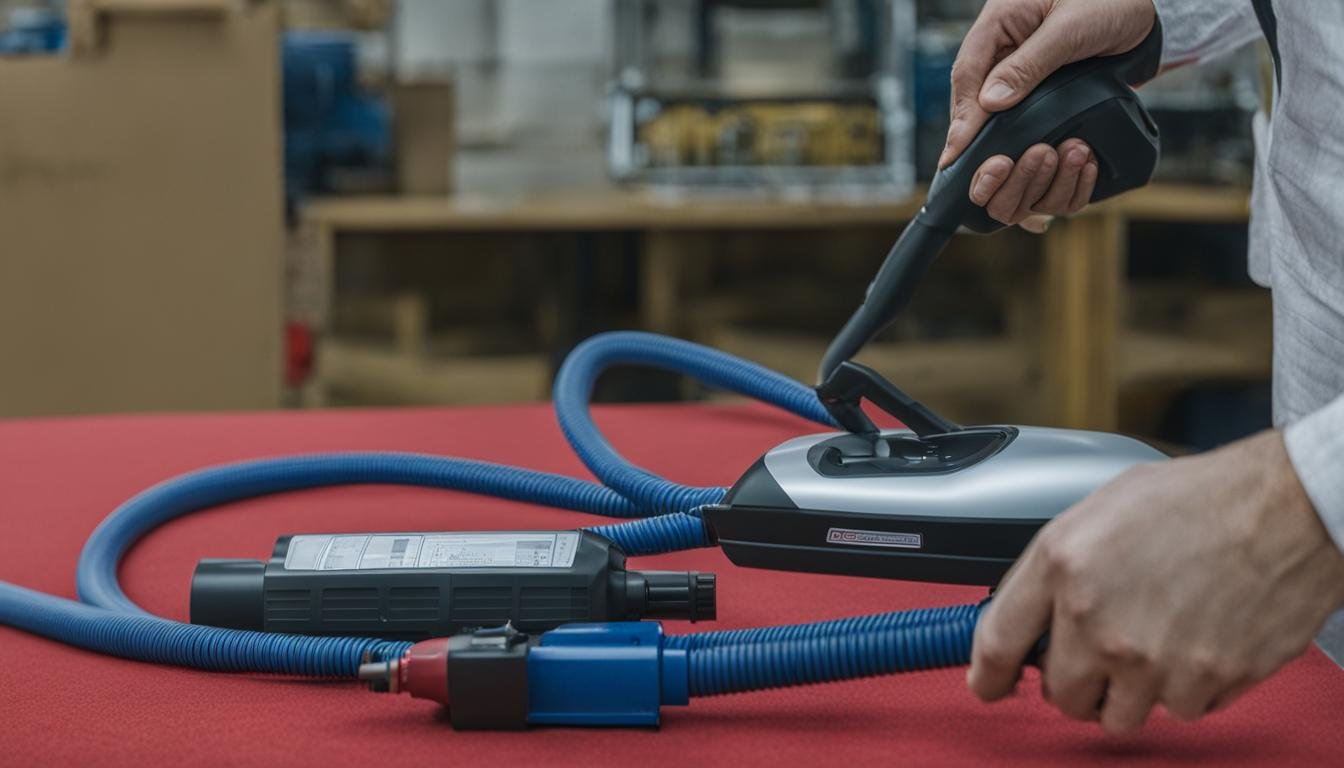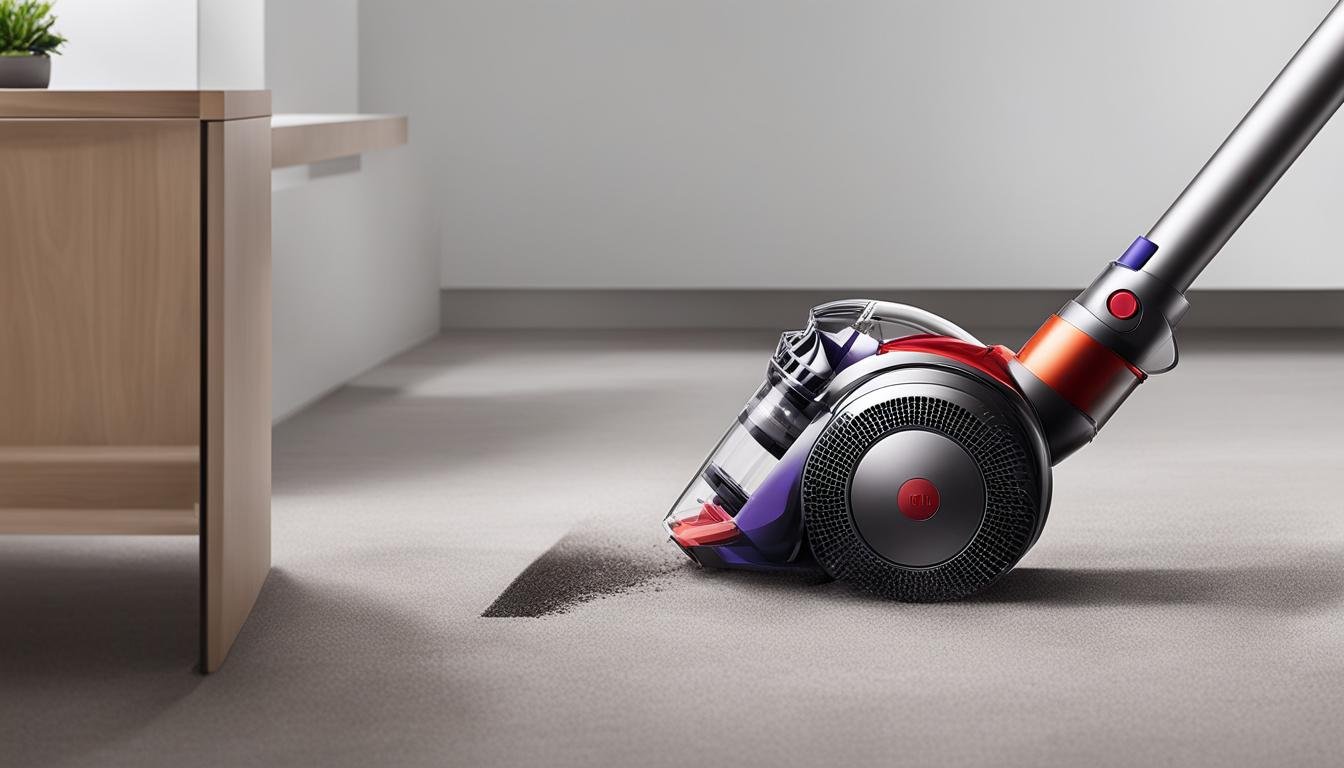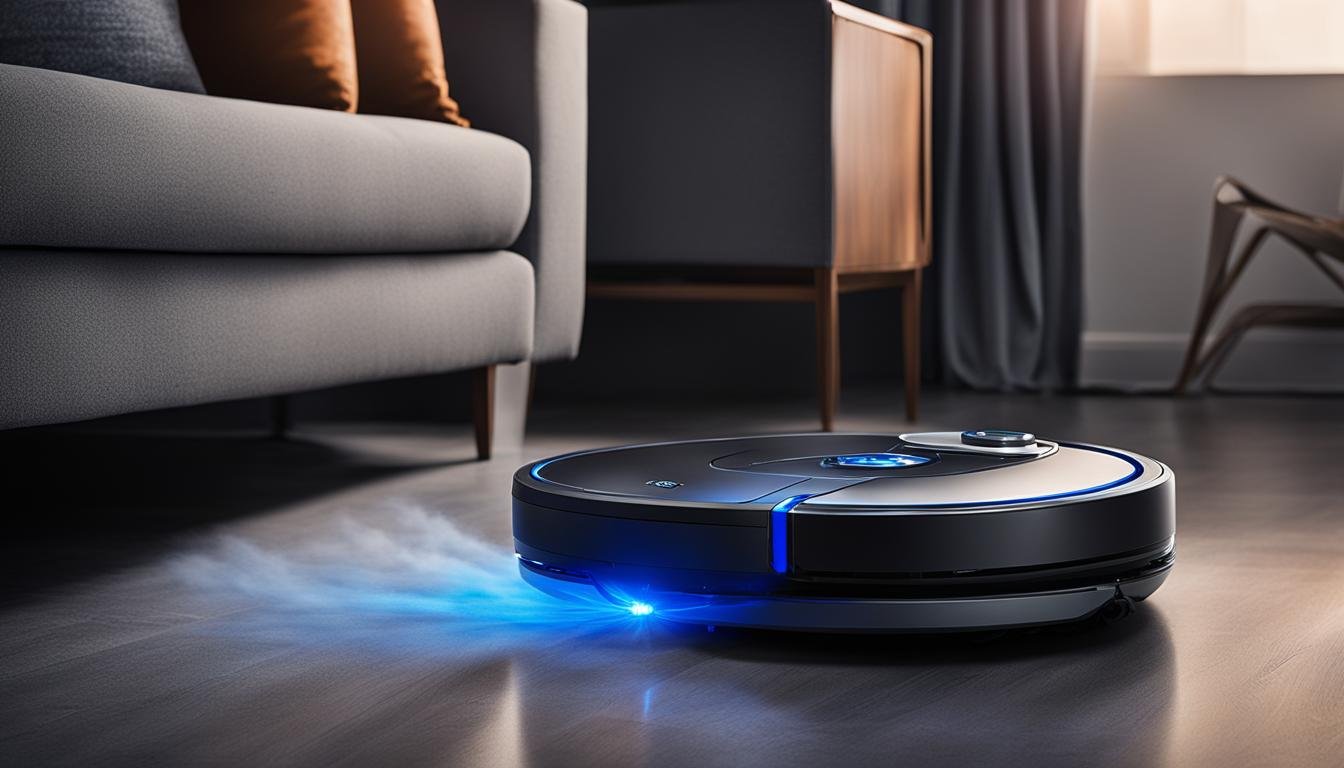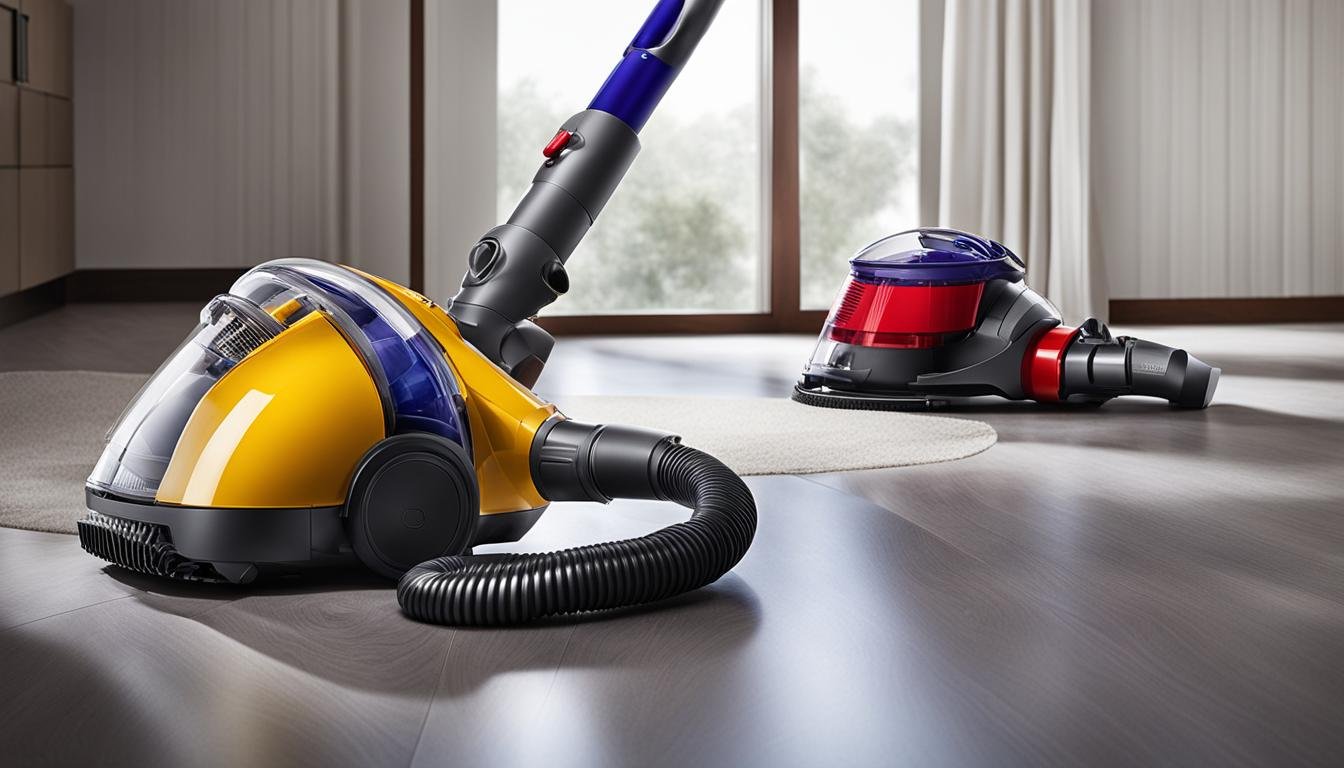Hi there! In this comprehensive guide, I’ll walk you through the process of testing and tagging a vacuum cleaner. Ensuring the safety and efficiency of your vacuum cleaner is crucial, and by following these steps, you can maintain a safe electrical environment in your workplace.
Testing and tagging are important for identifying any faults or damages in your vacuum cleaner and taking appropriate measures to address them. It involves a visual inspection as well as electrical testing using a portable appliance tester (PAT).
By testing and tagging your vacuum cleaner, you can reduce the risk of electrical accidents, comply with safety standards, and protect the well-being of your employees and customers.
Key Takeaways:
- Regularly testing and tagging your vacuum cleaner is essential for maintaining a safe workplace.
- Visual inspection and electrical testing should be performed to identify any faults or damages in the vacuum cleaner.
- Use a portable appliance tester (PAT) for electrical testing.
- Tag the vacuum cleaner with relevant information such as the test date, next test due date, and test status.
- Failed vacuum cleaners should be tagged as out of service and not used until repaired or replaced.
The Process of Testing and Tagging a Vacuum Cleaner
Testing and tagging a vacuum cleaner is a crucial step in ensuring its safety and efficiency. By following a systematic process, you can identify potential electrical faults and take appropriate measures to address them. Here is a step-by-step guide on how to test and tag a vacuum cleaner:
1. Visual Inspection
Begin by performing a visual inspection of the vacuum cleaner. Check for any visible damage, such as frayed cords, damaged plugs, or discolored plastic. These signs may indicate potential electrical hazards that need immediate attention.
2. Electrical Testing
Next, use a portable appliance tester (PAT) to conduct electrical testing on the vacuum cleaner. The PAT will assess the performance and safety of the electrical circuits within the appliance. It will indicate whether the vacuum cleaner meets the required standards for safe operation.
3. Tagging and Labeling
After completing the testing process, it is essential to tag and label the vacuum cleaner. Attach a label that includes the date of the test, the name of the tester, the test status, and the next test due date. This label serves as a visual indicator to users and maintenance personnel regarding the vacuum cleaner’s inspection status.
4. Failure Notification
If the vacuum cleaner fails the testing process, it must be tagged as “out of service” and should not be used until it undergoes repair or replacement. This step is crucial to prevent any potential electrical hazards and ensure the safety of the users.
By following these steps, you can effectively test and tag a vacuum cleaner, ensuring its safety, reliability, and compliance with industry standards. Incorporating regular maintenance and testing into your vacuum cleaner’s routine will help extend its lifespan and minimize the risk of accidents or malfunctions.
| Testing and Tagging Checklist |
|---|
| Perform a visual inspection for any visible damage |
| Use a portable appliance tester (PAT) for electrical testing |
| Tag the vacuum cleaner with a label indicating the test status and due date |
| If the vacuum cleaner fails the test, tag it as “out of service” |
Note: Always refer to the manufacturer’s guidelines and the relevant safety standards when performing vacuum cleaner testing and tagging.
Importance of Testing and Tagging for Vacuum Cleaner Safety
Testing and tagging of portable electrical appliances, including vacuum cleaners, is crucial for maintaining a safe electrical environment in the workplace. By ensuring that appliances are safe to use, testing and tagging reduces the risk of electrical accidents and promotes the well-being of employees and customers.
It is important to have qualified technicians, who have been trained in the testing and tagging process, perform these tasks. Not only is it mandated for certain industries such as construction, mining, and demolition, but it is also a best practice for all businesses. Neglecting to test and tag appliances can result in business owners being held liable for any electrical accidents that occur due to inadequate safety measures.
Regular testing and tagging of appliances, including vacuum cleaners, is essential to meet Australian safety standards. By adhering to these standards, businesses can establish a safe working environment, protecting individuals from electrical hazards. Vacuum cleaner maintenance, including testing and tagging, should be prioritized to ensure continued safety and compliance.
FAQ
Why is testing and tagging a vacuum cleaner important?
Testing and tagging a vacuum cleaner is important to ensure its safety and efficiency. It helps reduce the risk of electrical accidents and ensures that the appliance is safe to use.
What is the preferred test for vacuum cleaners?
The leakage current test is the preferred test for vacuum cleaners, as it has a higher chance of detecting faults compared to the insulation test. However, both tests are recommended for best practice.
What should I check during the visual inspection of a vacuum cleaner?
During the visual inspection, pay attention to the lead and the point where the cable meets the vacuum cleaner. Look for any visible damage such as damaged plugs, frayed cords, or discolored plastic.
Are vacuum cleaners double insulated appliances?
Yes, vacuum cleaners are generally double insulated appliances. The presence of an earthed pin does not necessarily mean it is an earthed appliance.
How do I test and tag a vacuum cleaner?
Start with a visual inspection to check for any visible damage. Then, use a portable appliance tester (PAT) to perform electrical testing and ensure the circuits are working safely. Finally, tag the vacuum cleaner with a label that records the test date, tester’s name, test status, and next test due date.
What should I do if a vacuum cleaner fails the test?
If a vacuum cleaner fails the test, it should be tagged as out of service and not used until it is repaired or replaced.
Who should perform testing and tagging of vacuum cleaners?
Testing and tagging should be performed by qualified technicians who have been trained in the process.
Is testing and tagging mandated for all industries?
While testing and tagging is mandated for certain industries such as construction, mining, and demolition, it is also good safety practice for all businesses.
Why is regular testing and tagging important?
Regular testing and tagging of vacuum cleaners and other appliances is crucial to meet safety standards and protect the well-being of employees and customers.





Leave a Reply